The beautifully proportioned, sand-colored, two-story Beaux Arts building at 236 President Place in Brooklyn is not as grand as the larger structures of this style one finds in New York City. Yet its purpose was great and historic, in its own way, as those places, and its stateliness reflects that higher good. The late 19th century building was the first constructed in Brooklyn solely as a free kindergarten for children.
Elmira Christian, an education reformer who had established a free kindergarten program in Brooklyn, sought a way to memorialize her husband Hans, a Norwegian immigrant and prominent merchant and philanthropist who died suddenly in 1894. At first, she set aside funds to establish the kindergarten through the church where she and her husband were members. Ultimately, she commissioned the construction of this 1897 building expressly for a free kindergarten, particularly for immigrant children. Many Norwegian immigrants settled in the South Brooklyn neighborhood. Education reformers in the19th century, such as Elmira Christian, believed that a kindergarten could provide English lessons to immigrant children and instill the basic values of living in America.
If Elmira Christian possessed vision, so, too, did those in this neighborhood and in Brooklyn who campaigned in the 21st century to have this building and an adjacent one landmarked and, thus, honored and protected from a wrecking ball. They triumphed in 2018, as the New York City Landmarks Preservation Commission (LPC) designated both 236 and 238 President Street as landmarks.
Both buildings were sites of Elmira Christian’s philanthropic works. She purchased 238 President Street, a well-kept and attractive 1853 Anglo-Italianate-style house, and donated it to the Brooklyn Church Society of the Methodist Episcopal Church. There, the society established a Deaconesses’ home for young women who served in Brooklyn’s poorer neighborhoods, assisting families and spreading the Gospel, according to the LPC.
236 President Street, at right, and 238 President Street
Photo Credit: New York City Landmarks Preservation Commission
These historic sites were two of the major victories during 2018 in preserving, protecting, and enhancing landmark buildings, neighborhoods, and various sites in New York City and New York State. The new year allows a good opportunity to look back at 2018 and examine notable preservation challenges ahead. This is by no means an exhaustive list, but a highlighting of some key preservation wins that are significant and priceless for various reasons.
Coney Island Fun and East Harlem Artist Living
The individual landmarks that the LPC designated in 2018 ranged from a beloved beachfront boardwalk to Phillip Johnson and John Burgee’s iconic 1984 Postmodern building at 555 Madison Avenue (originally, the AT&T Building) to the 1912 Far Rockaway firehouse, a fine Renaissance Revival civic structure. Here are two highlighted landmarks.
Coney Island Boardwalk: Ask people about the top places that make New York, New York, certainly, the Coney Island boardwalk would be on that list. First opened on May 15, 1923, for nearly a century it has been one of the most famous waterfront promenades in the world.
By the 1920s, Coney Island was drawing as many as 1 million people per day, many of whom could access and experience its ocean-cooling relief and pleasures on a hot day for just a nickel subway ride. It was, to say the least, very congested. Then-Brooklyn Borough President Edward Riegelmann (for whom the boardwalk is named) embarked on a beautification project that would provide easier access with a brand-new boardwalk. It became known as “Coney Island’s Fifth Avenue.”
Coney Island Boardwalk
Photo Credit: New York City Landmarks Preservation Commission
Over the decades, Coney Island’s beach, its iconic rides – the Wonder Wheel, the Cyclone roller coaster, and the Parachute Jump (all now protected landmarks) – and events such as the Mermaid Parade have continued to attract millions. The area has gone through ups and downs and ups again, and yet the boardwalk remains timeless, a promenade with an Atlantic Ocean view. Now that the boardwalk is a designated scenic landmark, the LPC has ensured its protection for future generations.
Public School (P.S.) 109 (El Barrio’s Art Space PS109): Last March, the New York City LPC designated three East Harlem buildings as landmarks. One is a grand building, at 215 E. 99th Street, significant for its stately architectural character and its cultural value at the turn of the 20th century. Artists benefit from its conversion and inventive reuse today.
As the Superintendent of School Buildings, Charles B.J. Snyder. designed many distinctive schools that reflect the higher purposes of education. He chose the Collegiate Gothic style popular on many school and college campuses. Built in 1899, P.S. 109 signaled Progressive-era reform with a “forward-thinking site plan,” as the LPC noted, including the H-plan building layout that would allow ample courtyard spaces for student recreation. It has French Renaissance and late Gothic elements.
P.S. 109 has served generations that reflect New York City’s social and immigrant history. At the time of its construction and opening, P.S. 109 was located between the German enclave and the Italian section. Many of the area residents worked in industries along the East River. Nearly half of the population in the area at that time was foreign born, the LPC notes. P.S. 109, therefore, educated the children of these immigrants.
Public School 109
Photo Credit: New York City Landmarks Preservation Commission
In the past several years, a grand place of public education has become a place for artists to live, El Barrio’s Art Space PS109. For nine decades, P.S. 109 provided education for thousands of students. The city district closed it in 1996. The building’s restoration and conversion are the work of Artspace, a prominent nonprofit developer of live-work artists’ housing, artists’ studios, and other arts-friendly spaces. In 2015, it opened the building as an affordable housing complex. Artspace restored the exterior, with its graceful, expressive terra cotta scrolls, swags, and other decoration, and copper-clad cupolas. The building now possesses bright interior residential units featuring hardwood floors and the large former classroom windows.
Hudson Valley and New York State
Each year since 1980, New York State has given awards to honor excellence in historic preservation endeavors. The awards, which the state Parks’ Division for Historic Preservation announced in December, encompass the work of groups, communities, historic entities, companies, and individuals that protect and rejuvenate historic and cultural sites and resources. The state recognized seven outstanding projects and individuals in 2018. Here are two highlights.
New Guinea Community Site, Hyde Park: New York State honored a project in the Town of Hyde Park to document and increase public awareness of a thriving early Dutchess County free black community. The New Guinea Community Site is in a wooded part of the Hackett Hill Park in the town. From about 1790 to 1850, it was a prosperous community of free blacks and slaves who had escaped. Several foundations of homes and the original stone wall of a road known as Fredonia Lane remain. Thanks to the work of the Town of Hyde Park, the Hyde Park Historical Society, and local volunteers, the site is now listed on the State and National Register of Historic Places. They have worked to preserve artifacts discovered in site excavations.
New Guinea Community Site
Photo Credit: New York State Parks
The local community is making sure that current and future generations will experience the history of the New Guinea Community. Research will continue, and the Town of Hyde Park is aiming to create interpretive signage and markers; enhance an online site with stories; and produce a curriculum unit for students.
Sibley Square, Rochester: Sibley’s was once the largest department store between New York City and Chicago, and it boasted a fine executive dining room on its top floor, an art gallery, a portrait studio, a bridal bureau, butcher shop, and much more. The company first opened a dry goods business, as Sibley, Lindsay, and Curr, just after the Civil War. After fire destroyed its 1893 Granite Building in 1904, Sibley’s opened a gigantic store at 228 E. Main Street two years later.
This wasn’t your undistinguished suburban box store. Like the other department stores of the era in major cities across the country, it possessed memorable features and became a destination that people could enjoy for hours on end. A 2014 article in the Democrat and Chronicle of Rochester, N.Y., — “Whatever Happened To…Sibley’’s? – captured the glory of this city department store: its Tower Restaurant with marble columns and chandeliers of Waterford crystal; Christmas pageants and lavish holiday windows; fancy ladies’ lounge; and sculpted relief murals above the elevators. Sibley’s offered entire floors of women’s and children’s clothing, and home furnishings.
Sibley Square
Photo Credit: New York State Parks
By the 1980s, Sibley’s fortunes had sunk very low, and in 1986, the May Department Stores chain acquired the department store. Its luster, vast size, and variety of goods to entice shoppers were a thing of the past. Sibley’s closed in 1990.
Ultimately, as downtown Rochester’s situation improved, the Sibley’s building drew renewed investment. WinnCompanies, nationally known for adapted reuse projects, purchased the Sibley’s building in 2015. Boosted by the largest historic tax credit in upstate New York, Sibley Square, as it is now known, is transforming 1.1 million square feet of space into a mixed-use hub. It offers market-rate and low-income housing, commercial and office development, first-floor art gallery and community event venue of the RIT (Rochester Institute of Technology) College of Art and Design, and an area of micro kitchens and food kiosks. This revitalization of an existing historic property and cultural resource earned a 2018 Historic Preservation award from New York State.
Neighborhood Gems
As these and other 2018 successes show, preservation and revitalization are painstaking work that merits incredible appreciation. Besides landmarked individual sites, preservation advocates scored victories in designated historic districts and other precious places. Here are two from 2018.
Central Harlem – West 130th-132nd Streets Historic District: In Manhattan, a section of Central Harlem became designated as the 130th-132nd Streets Historic District by the LPC. This area contains a remarkably cohesive collection of late 19th century row houses. Its residential buildings have varied, fascinating histories during the Harlem Renaissance and the 1960s civil rights campaigns.
Central Harlem – West 130th-132nd Streets Historic District
Photo Credit: New York City Landmarks Preservation Commission
Frick Collection Viewing Garden: A bucolic garden in the Upper East Side, once threatened by expansion plans, has been spared from destruction. In spring 2018, a new plan emerged for an addition to the Frick Collection, the Upper East Side art museum, which preserves its beautiful viewing garden. Originally, in 2014, the museum proposed a 60,000 square foot addition that would have destroyed the 70th Street Garden that landscape architect Russell Page designed. The museum created the garden in 1977. Spirited opposition, led by groups such as the Historic Districts Council, prompted the museum to develop a new plan that will essentially spare this serene space of seasonal plants and flowers, trees, boxwood hedges, and a central fountain.
Frick Collection Viewing Garden
Photo Credit: Frick Collection
New Year’s Gratitude and Challenges
The preservation of these sites and many others isn’t just about architectural significance and beauty, though that is valuable. Historic preservation has proven to act as catalysts in neighborhoods, boost economic revitalization, teach significant history. This wouldn’t be possible if it weren’t for a strong infrastructure of groups and coalitions. In New York City and State, entities such as the Historic Districts Council, the Municipal Arts Society, the Greenwich Village Society for Historic Preservation, Landmarks West, the Preservation League of New York State, and many others work constantly and methodically to document, offer testimony, train local and neighborhood preservationists, and do many important roles in historic preservation.
Moreover, grass-roots activism has risen up when many see demolition threats or long-standing neglect. In Brooklyn, when a developer revealed plans to demolish 236 President Street – the 1897 building where Elmira Christian had set up a kindergarten that would serve immigrant children – and build a luxury condo dwelling, Carroll Gardens residents organized to fight demolition. Their Save Carroll Gardens History group urged the Landmarks Preservation Commission to expeditiously designate both 236 and 238 President Street as landmarks, and ultimately succeeded.
These were preservation triumphs in 2018. A coming post will look at some key losses of buildings and places as well as major challenges to save under-threat places and significant buildings and neighborhoods in New York. They range from a Municipal Arts Society campaign to landmark seven late 19th century buildings that were significant in the early growth of garment manufacturing in New York to the East River Fifties Alliance’s battle to stop an out-of-scale “supertall” skyscraper in a neighborhood of 5- to 6-story townhouses and small apartment buildings.
As the work continues, savor these places.
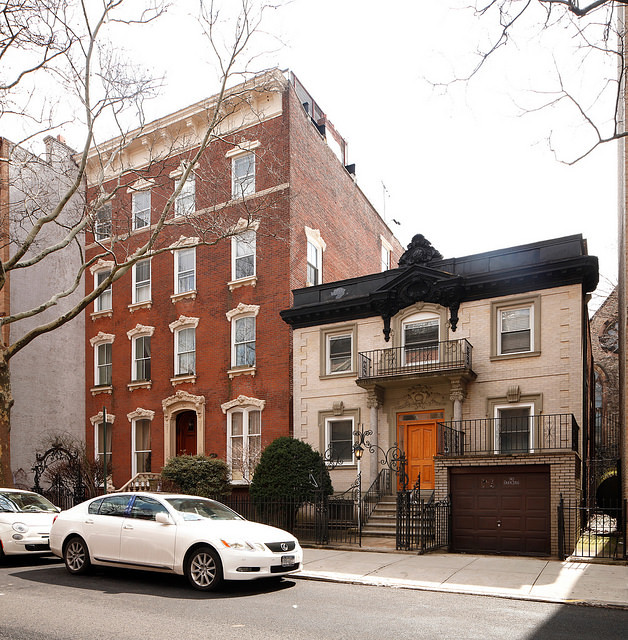
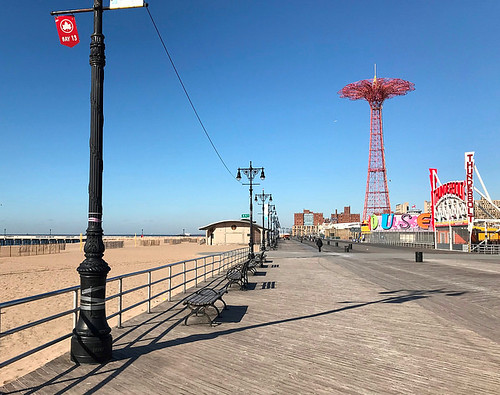
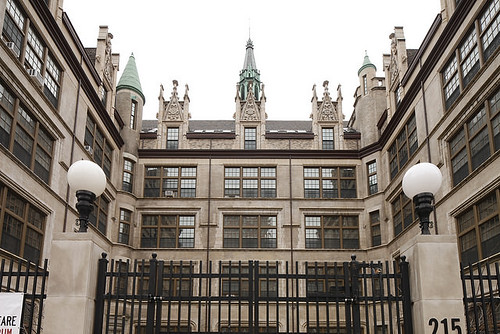
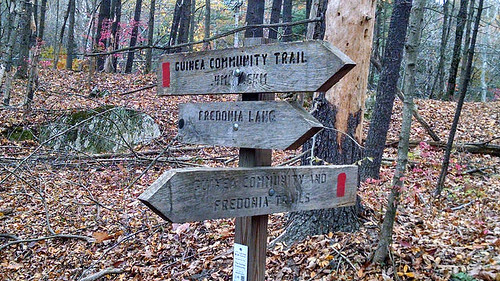
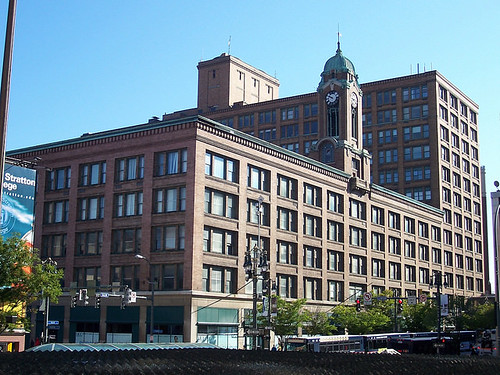
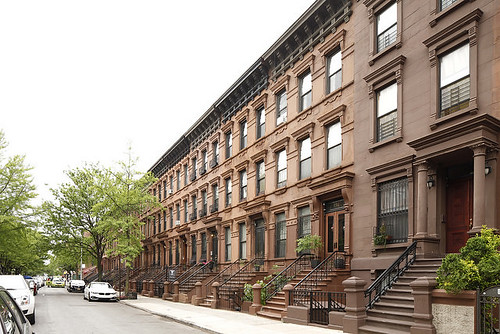
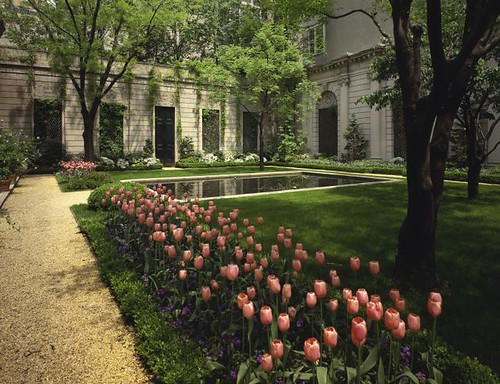



No Comments so far ↓
There are no comments yet...Kick things off by filling out the form below.